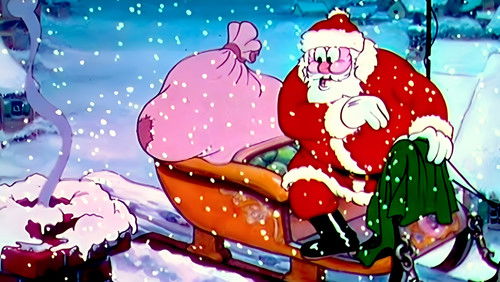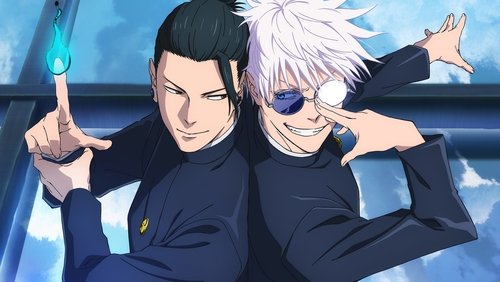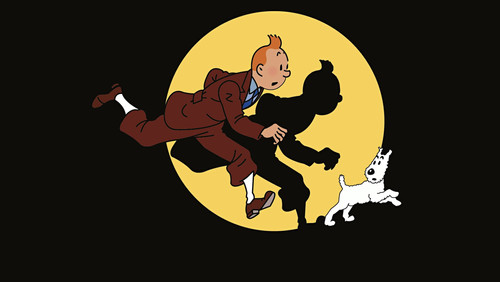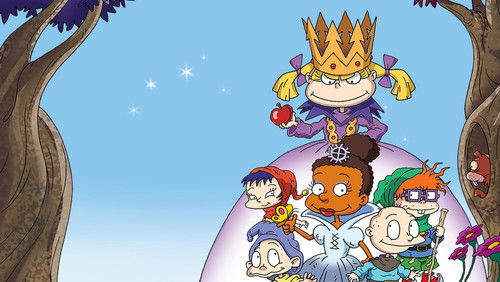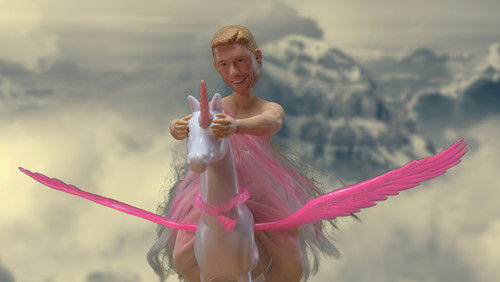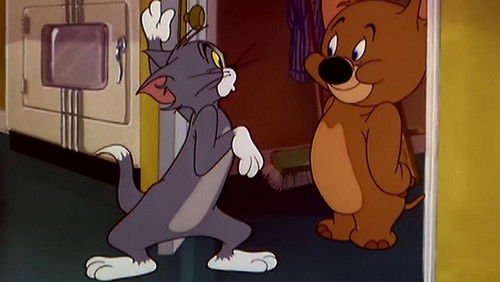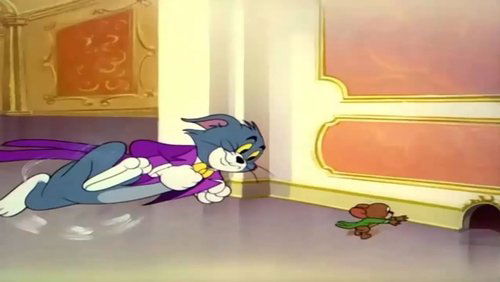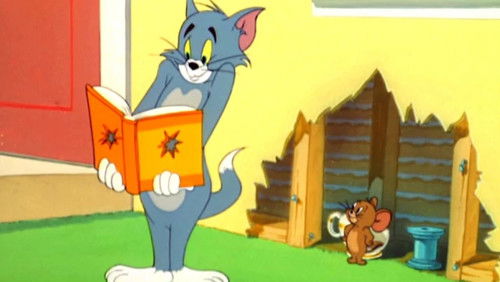The Goddess of Spring (Short 1934)
56KThe Goddess of Spring (Short 1934). 10m | Approved
“u0026#39;The Goddess of Spring (1934)u0026#39; is a beautiful u0026quot;Silly Symphonyu0026quot; from Walt Disney and director Wilfred Jackson, filmed in glorious Technicolor of which full advantage is taken. The film was produced as a trial-run for the the feature-length u0026#39;Snow White and the Seven Dwarfs (1937),u0026#39; largely to experiment with the animation of humans. The progress made in the subsequent three years is startlingly apparent the heroine in this film has a pretty and graceful face, but thereu0026#39;s very little grace in her movements. The Goddess of Spring prances around her vibrant above-ground kingdom, limbs flailing somewhat awkwardly, her gait completely unrealistic, though perhaps it was the animatorsu0026#39; intention to have her slightly floating above the ground, as though her loveliness affords her the weightless waltz of an angel. Suddenly, the sky grows dark and the ground erupts into fire, signalling the arrival of the wicked Hades, who kidnaps the beautiful Goddess to be queen of his underground kingdom. With the fair maidenu0026#39;s departure, the lands are plunged into a cold, bitter winter.u003cbr/u003eu003cbr/u003eThis Silly Symphony was loosely based upon the Ancient Greek mythology of Persephone and Hades, and so the tone of cartoon is chiefly that of an epic opera a bit like u0026#39;Whatu0026#39;s Opera, Doc? (1957),u0026#39; if you need an easy comparison. The warm, nostalgic singing voice at the filmu0026#39;s beginning gives way to the deep, operatic snarl of Hades as he comes to confiscate his future queen. Interestingly, when the pair arrive in the fire-wreathed corridors of Hell, the general atmosphere is that of a jazz club, with disconcertingly upbeat music, and dancing audiences who chant u0026quot;Hidey Hades.u0026quot; This interpretation of down-below is very different from Ub Iwerksu0026#39; version five years earlier in u0026#39;Hellu0026#39;s Bells (1929),u0026#39; which was darker and more archaic. The most touching contrast of all is that between the above-ground kingdomu0026#39;s spring and winter, as the bright sunlight swiftly disappears to unleash a miserable snap of cold and bitter winds; the dwarf inhabitants shiver in the snow, and even Bambi makes a brief appearance”
